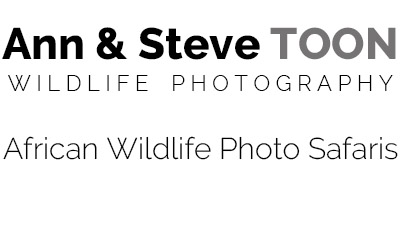Witness one of the wonders of the natural world, East Africa’s Great Migration, at the peak of the calving season in Tanzania’s spectacular southern Serengeti ecosystem. Join us for twelve nights of thrilling and varied photography in Ndutu, part of the world-renowned Ngorongoro conservation area.
We’re big believers that spending maximum time with our subjects produces the best images, and where better to spend quality time than Ndutu, where hundreds of thousands of wildebeest, zebra and gazelles gather to graze and give birth and predators enjoy easy pickings. The Ndutu area has long been a favourite with wildlife photographers and film-makers, and it’s easy to see why. The sheer abundance of animals is breath-taking, with huge numbers arriving in December each year to exploit the nutrient-rich grass after the rains, building up their strength for the calving which follows. February, when we’ll be there, is the peak of the calving, with thousands of babies born each day. It’s prime time for predators, with lion, hyena and cheetah making the most of the running buffet.
Ndutu, with its mixed landscape of grassy plains, marshlands, acacia woodlands and soda lakes, has plenty of resident wildlife, including elephant, buffalo, and giraffe, and we could spot no fewer than six species of cat: lion, leopard, cheetah. caracal, serval and African wild cat.
This is a very different Great Migration experience to the better-known Mara river crossings in Kenya. We won’t be spending all day camped out in searing heat, surrounded by dozens of other tourist vehicles, waiting for action that may or may not happen. In Ndutu we’re free to drive off road, unlike in the Serengeti National Park further north, and we can plough our own furrow, exploiting the prolific photo opportunities as we wish. With a maximum group size of six, we’ll be photographing with only three guests per vehicle, using expert local guides, and staying in Ndutu Safari Lodge, in the heart of the action. All transfers are by road, offering the chance to experience the country (we’ll be passing the Ngorongoro Crater en route to Ndutu) and avoiding the restrictive baggage allowance of small aircraft.






